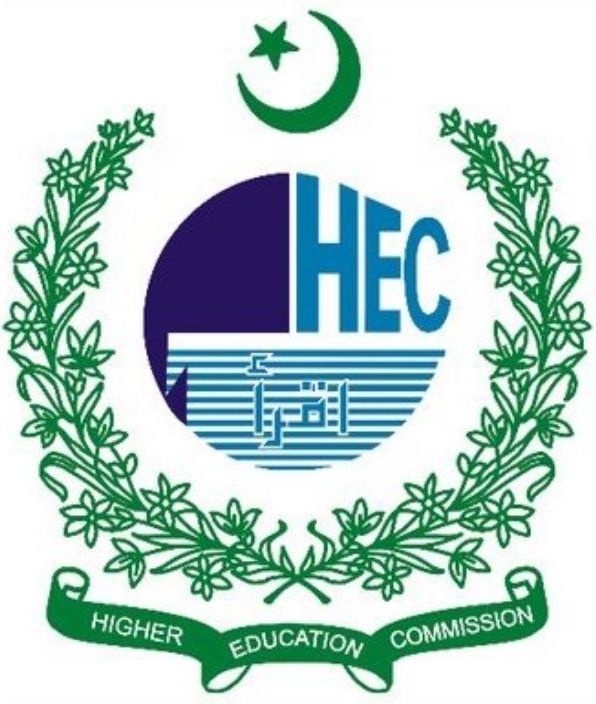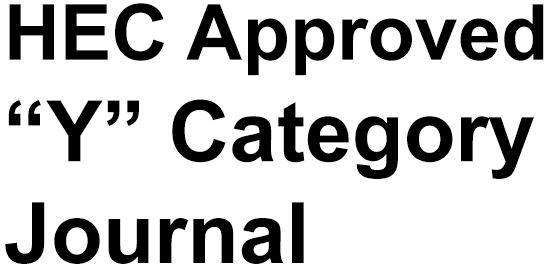Bridging Borders, Ecological Connectivity, Peace Parks Linking Conservation Corridors in the Conflict Zones: Climate Change & Environmental Peacebuilding to Transform Transboundary Environmental Challenges into Opportunities
DOI:
https://doi.org/10.63056/ACAD.004.04.0875Keywords:
Climate Change, Peace Parks, Ecological Connectivity, Biodiversity, Transboundary, Environmental Challenges, Conservation Corridors, Conflict Zones, SiachenAbstract
In areas prone to conflict, climate change brings opportunities as well as challenges due to its growing impact on shared natural resources. In order to transform transboundary environmental challenges into opportunities for navigating, fostering peace, and mitigating environmental degradation, this study examines the role of environmental peacebuilding and the potential of ecological connectivity, trans-frontier conservation areas (TFCAs) or peace parks, transboundary protected areas (TBPA), and conservation corridors. These transboundary zones are under growing environmental and geopolitical strain as a result of climate change, which is also accelerating the melting of glaciers, changing ecosystems, and intensifying resource scarcity. This study consists of three case studies: “Cordillera del Cóndor between Peru and Ecuador; the Maloti-Drakensberg Park between Lesotho and South Africa; and the Siachen Glacier within Pakistan and India." This study scrutinizes how environmental peacebuilding might be built upon the connections made between these places through TFCAs, peace parks, and conservation initiatives. The Cordillera del Cóndor has evolved from a conflict zone into a model of peaceful collaboration through shared environmental management. The Maloti-Drakensberg Park demonstrates how peace parks can strengthen and promote sustainable development and biodiversity. The Siachen Glacier, despite its status as one of the world's most militarized zones, offers a unique opportunity for environmental peacebuilding through joint conservation initiatives. This research explores how joint environmental initiatives not only help to mitigate the impacts of climate change but also create pathways for dialogue, trust-building, and long-term peace. By creating TFCAs, or peace parks, and linking conservation corridors across borders, countries can enhance ecological connectivity and biodiversity while building trust, peace, and cooperation. Through the analysis of particular case studies, the study explores that, in spite of its risks, climate change can act as a spur for collaboration. This study illustrations that shared vulnerabilities also provide a unique platform for environmental peacebuilding; establishing environmental conservation corridors, peace parks, and TBPAs not only addresses environmental degradation but also safeguards biodiversity and fosters long-lasting relationships between neighboring nations, transforming contentious landscapes into symbols of ecological and political harmony.
Downloads
Published
Issue
Section
License
Copyright (c) 2025 Muhammad Akif Rashid, Fazal Elahi Bilal, Maria Javaid (Author)

This work is licensed under a Creative Commons Attribution 4.0 International License.












